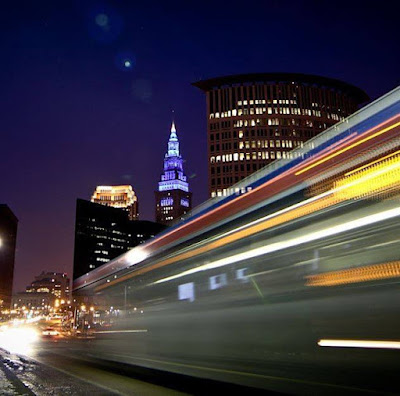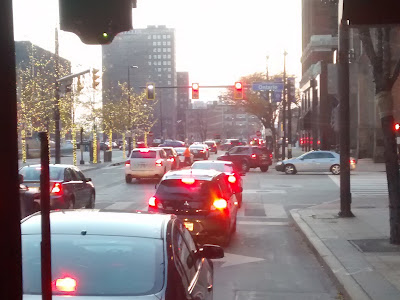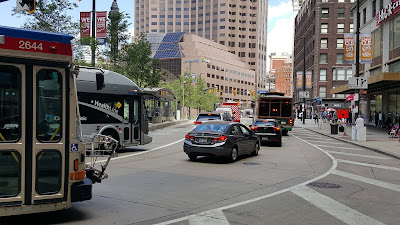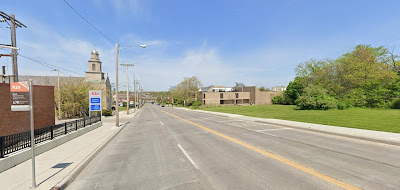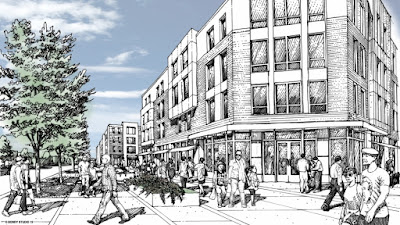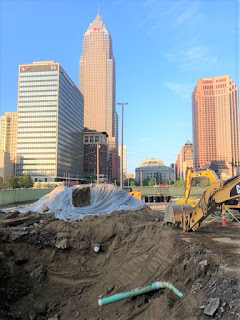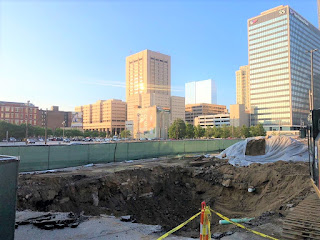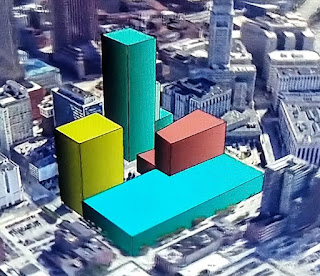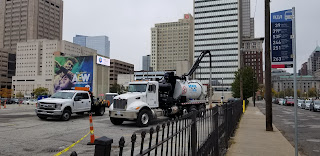 |
Something good often comes out of something bad, and it
looks like the global pandemic is causing many to reconsider
where they're living and working. Some of who left Cleve-
land are becoming boomerangs, returning to live closer to
family while working remotely or looking for new jobs
while also reducing their costs of living (Reddit).
CLICK IMAGES TO ENLARGE THEM |
License plate watchers in Greater Cleveland are having fun this summer checking out all of the out-of-state plates on the metro area's roads. And there's lots of out-of-state plates to see -- from New York, New Jersey, Illinois, California, plus other states, as well as the usual ones from neighboring Michigan and Pennsylvania.
But are the cars and their occupants visiting on summer vacation or are they moving here? While some are likely visiting, those in the real estate business say that their seeing lots of new arrivals buying houses and renting apartments.
And it turns out that the coronavirus pandemic is a major factor in the relocations as is the cost of living and the local amenities. Since lots of people are having to work from home during the pandemic, some are asking why they should remain in more expensive cities when they can live and work anywhere -- especially in low-cost Cleveland.
"There's definitely more people moving in from out of town here," said Emmanuel (Mike) Skantzos, a realtor at Howard Hanna's Rocky River office. "It's cheaper here and people are working from home."
In the last couple of weeks, he said he sold a new townhouse in Lakewood to a man from San Diego who had family here. The buyer moved to be closer to his family, to save money and because he was concerned about the virus in California. Skantzos also helped a woman from Chicago find a house in on Cleveland's West Side. She was offered a position in Cleveland and took it in part because the cost of living is less here.
 |
Greater Cleveland's recreational opportunities and new urban
housing offerings costing well below those of coastal cities is
enticing to many people who left the metro area years, if not
decades ago and are returning (CSU). |
On the other side of town in South Euclid, city Housing Coordinator Stephen Karr said he's noticed an uptick in out-of-towners locating here since he started working in that job 3.5 years ago.
"The first two years, I didn't see any people moving in from out of state, even though it's something I always look for," Karr said. "Last year there were a couple, but already this year there's been more, including two I saw just in the last week or so."
However, he acknowledged that he's not seeing the full picture due to how the city collects housing data. The city has a point-of-sale inspection only when unoccupied homes that were not previously owner-occupied are sold. Most of those are typically former rentals and foreclosures.
Even then, the only way the city learns where the new occupants are coming from is when they assume the responsibility of making the required repairs after the title transfer, he said. If the seller makes all the repairs, the city doesn't require any data about the buyer including from where they are moving.
"If I'm seeing the trend now for these houses, my assumption is that there must be more for the more typical transactions without our involvement," Karr added. "For the rentals, we don't ask any information about the tenants other than names and a contact number. A few landlords mentioned tenants moving in from out of state though when they were inquiring about inspections."
 |
It's too soon to know if the number of out-of-state people
arriving in Greater Cleveland is a splash or a wave, if the
new arrivals will live here long-term, and how it might
impact the local economy going forward (KJP). |
There is some hard data that more people are on the move and the pandemic is the reason, according to a
new report by the Pew Research Center. The report says that 3 percent of Americans have changed their residence because of the pandemic.
Their residential destination is typically influenced by where family members live. Some are moving in with family members until they find can find their own place. Some moved because they lost their job or can work remotely.
Fewer people in Greater Cleveland are putting their homes up for sale. In fact,
Greater Cleveland ranked second behind Providence, RI among U.S. metro areas in having the biggest decline in housing inventories listed for sale. The Cleveland area's for-sale inventory in June 2020 fell 41.5 percent compared to June 2019, causing prices to rise 8 percent year-over-year.
Another batch of data comes from the
U.S. Department of Labor. In their latest report on Greater Cleveland's employment, it noted that the metro area's June workforce was at its highest level in a decade -- since June 2010.
Greater Cleveland's workforce size is seasonally cyclical, growing to its largest levels in the summer months and shrinking in the winter months. So, in order to gain some context, data from one month needs to be compared to the same month in prior years.
It is also possible that Greater Cleveland could see an increase in population without an increase in jobs, since some people could be working a job in New York City through a computer located in an apartment or house in Cleveland. It will take more time to evaluate the extent of these phenomena.
 |
Finding a house to buy in Greater Cleveland is getting more
difficult as fewer homeowners list them for sale, causing homes
to stay on the market for less time and sale amounts to rise (KJP). |
That long-distance work situation may be the future for the daughter of Cleveland-based attorney Eugene Kratus. He said she works in the fashion industry in New York City. She's working remotely and no longer has to keep her expensive home in Brooklyn -- not when she can get a much nicer home for less money in Greater Cleveland.
She considered moving to Atlanta or Charlotte, but the cost of living and family is drawing her here. So as long as she can fly to New York several times a month for work and her husband can find a job in finance in Cleveland, they will relocate here. She is one of many recent or potential Cleveland "boomerangs."
Another is Melissa Love-Ghaffari who lived with her doctor husband Sam and their three children in the outer perimeter of Atlanta. But after five years of living there, they tired of Atlanta's traffic, heat and expensive housing nearer to the city.
"The most affordable/reasonable housing is usually about 25 miles away from downtown," she said. "Once you’ve moved that far away, you’ve really minimized urban activities unless you enjoy the constant traffic. I’ve lived all over the country and driven in LA. Atlanta’s traffic is by far the worst, due mostly to the terrible drivers."
Since they still had family in Greater Cleveland, they decided to investigate returning here. Although they dislike the segregated metro area, they liked Cleveland's Midwest hospitality, being next to a Great Lake, its music and art scene, its educational opportunities and its world-renowned hospitals. And yes, she and her family like snow.
"People play outside!" Love-Ghaffari said. "My children were literally shocked to see kids out riding their bicycles and walking around town without parents hovering over them. I want to be active outside. I missed being by a huge body of water. And, yes, I missed the snow! I was in such a hurry to get out (of Cleveland) when I was younger but truly came to appreciate all the things most of us take for granted in this town."
END


